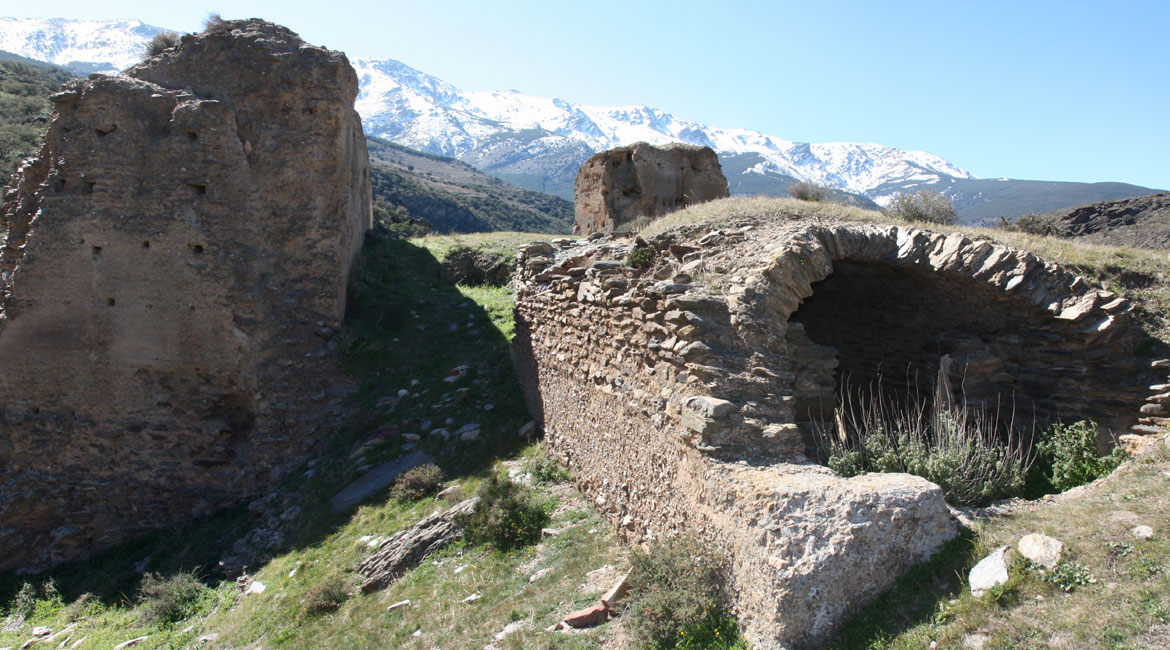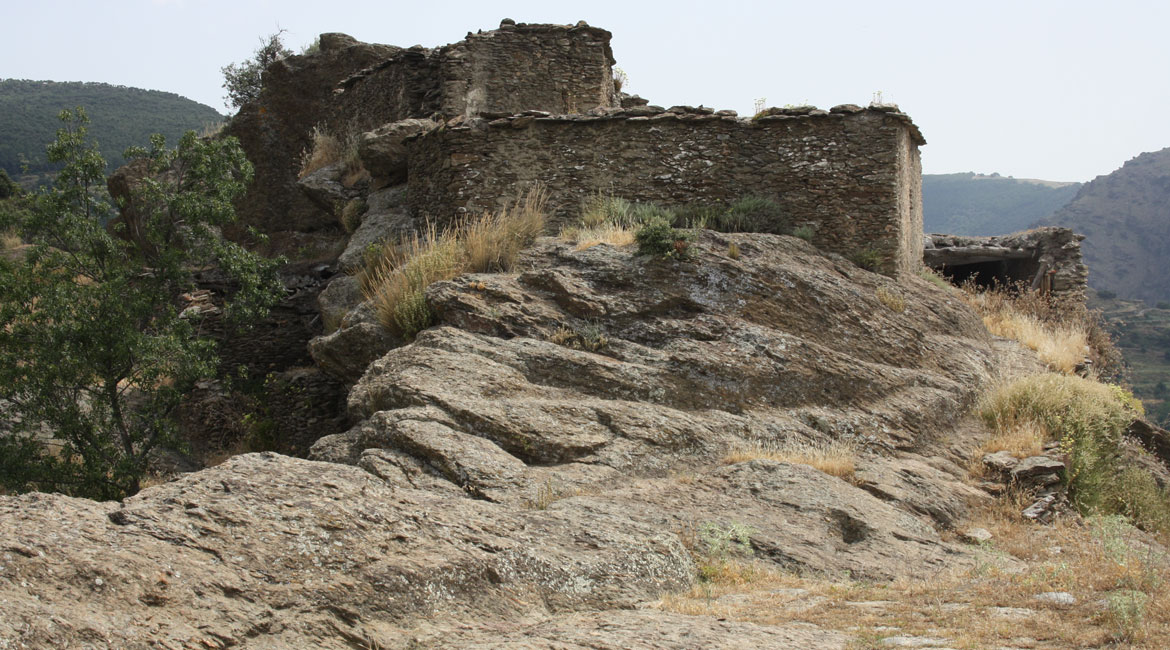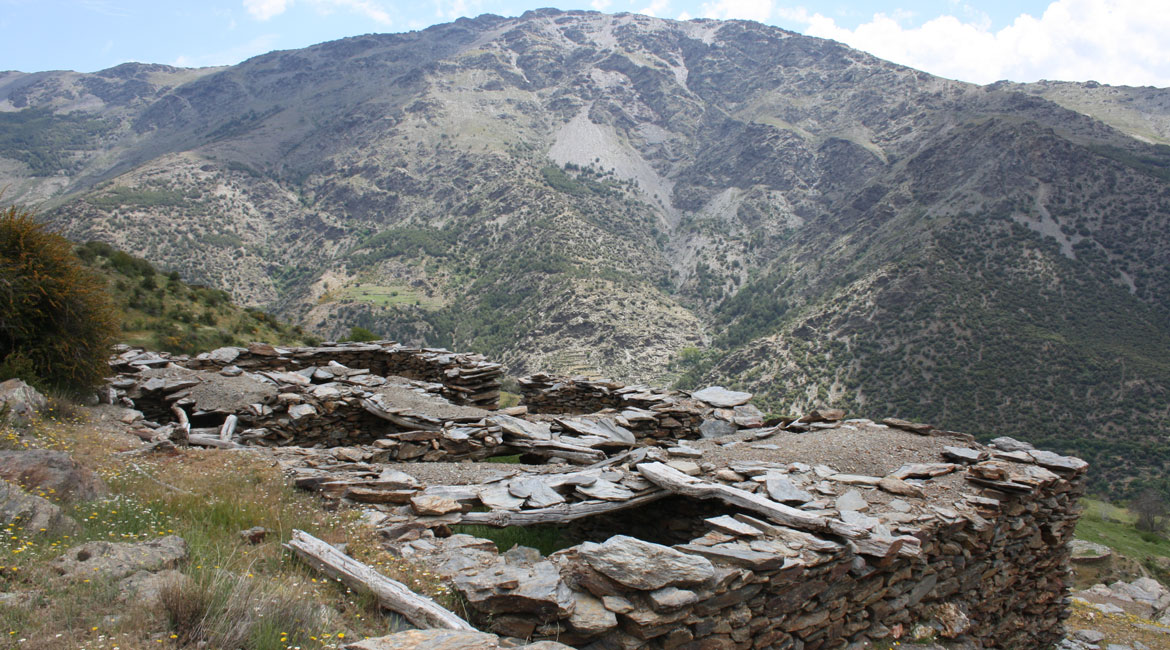Historical context
You are here
The history of Sierra Nevada is tightly linked to the human communities settled on it since ancient times. Despite the fact of being a protected natural area -due to its natural and biological richness-, it has been a very anthropized area where several communities -that colonized the massif since ancient times- have left track of their activities, and exploited its resources long time ago.
Our work is focused essentially on the end of the Roman period, in a momentum when the mountain range was poorly occupied. At the fall of the Roman Empire, The Sierra Nevada range began to suffer a process of colonization by settlers from the bordering areas, which built villages and left their tracks on modern populations. This occupation process poses some problems related to the disappearing of ancient social structures, the partial desertion of populations and the gradual formation of feudal tides.
These processes will be –nonetheless-, truncated by the Arab-Berber conquest that occurred in 711 AC. Since then, a new social and territorial reality will be implanted and finally consolidated during the 10th century. We have records of the settlement of a number of Arab groups in Sierra Nevada, in particular qaysíes and yemeníes. Their presence will bring an important change in the systems of production and territorial organization.
The consolidation of the Omeyan state will not carry on without conflict. The main one will occur during the second half of 9th century. The revolt known as fitna, will reproduce in Sierra Nevada. The Omeyan´s final victory will cause the proclamation of the Caliphate and the territorial consolidation in castral districts.
After the fall of the Omeyan Caliphate -at the beginning of 11th century, Sierra Nevada will be divided in two rival Taifa Kingdoms, Granada and Almeria. The Almoravid unification during the same epoch will turn this situation unstable and it will not last. The Almoravid will be replaced by the Almohads and, finally, by the Nazarians, until the whole territory was conquered by the Catholic Kings in 1492, -and granted partially to the Castilian nobility.
A brief Mudejar period will begin, lasting until the revolt of Muslims communities forced to convert to Christianism in 1499. This population, now known to us as the Moorish, will keep the territory during a considerable time, until the revolt of 1568. The war will end with the defeat and expulsion of the Moorish, which will end in the official depopulation of almost all the villages and the beginning of repopulation using pilgrims from outside Andalucía.
The arrival of these new settlers will not suppose, however, a dramatic change in the population, landscape or exploitation systems, but the definitive disappearance of peasant solidarity and neighborliness practiced in the old alquerías.
Since then, Sierra Nevada populations will be kept on a marginal situation until the 20th century, if we exclude phenomenal practices such as mining, (mainly in the Northern slope) or the gradual promotion of winter sports.





